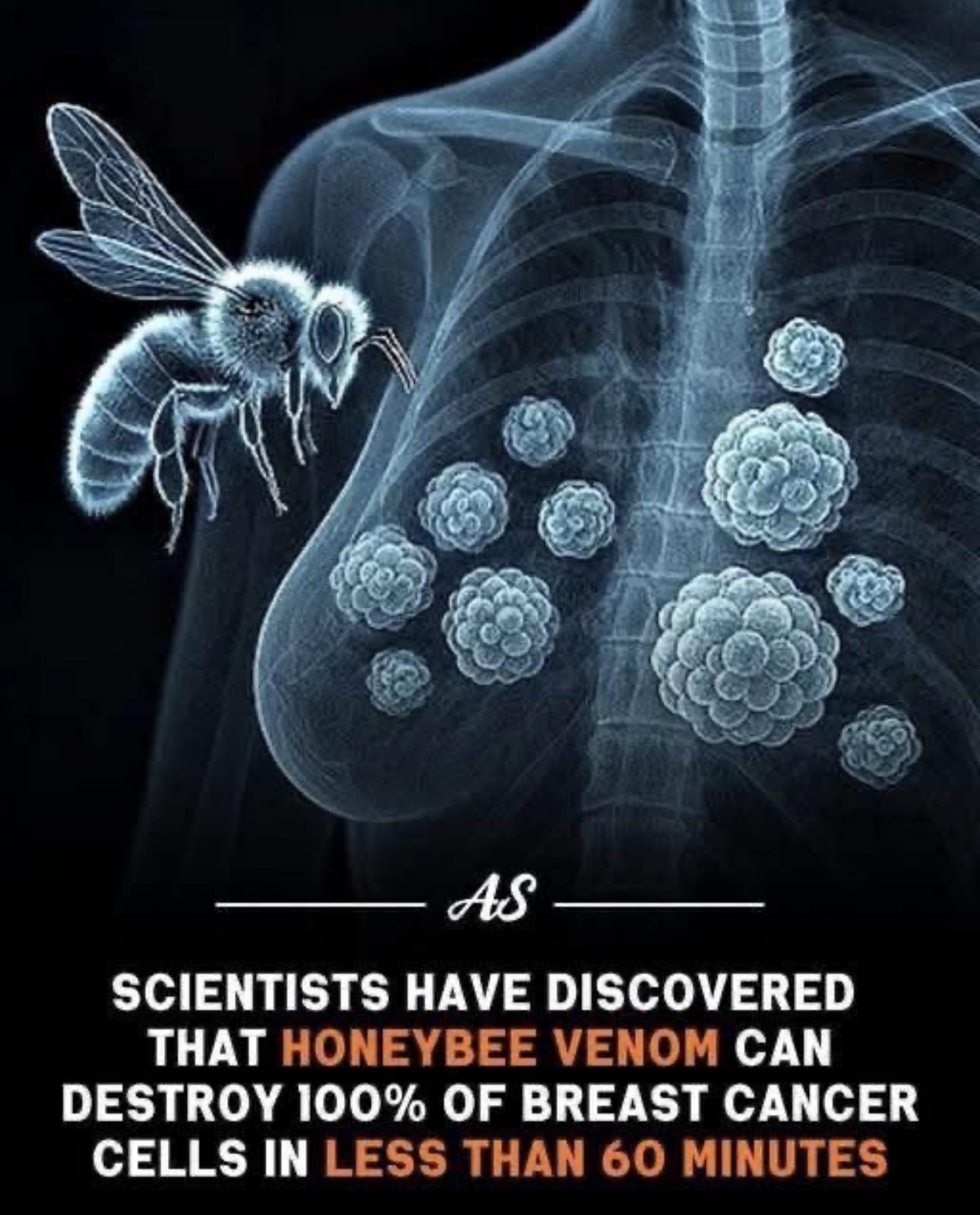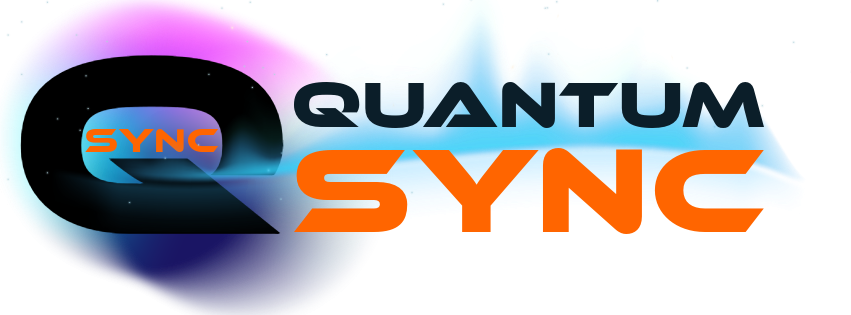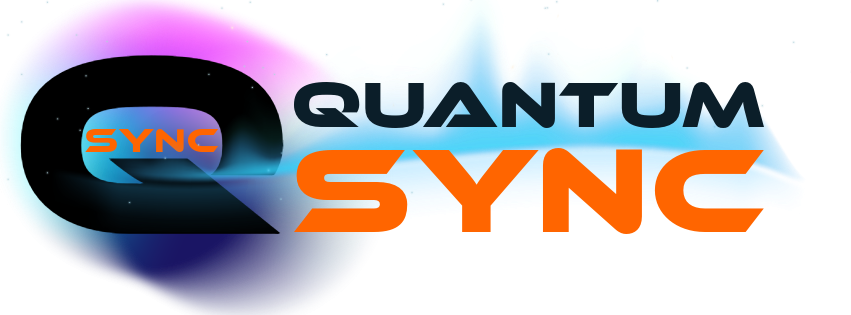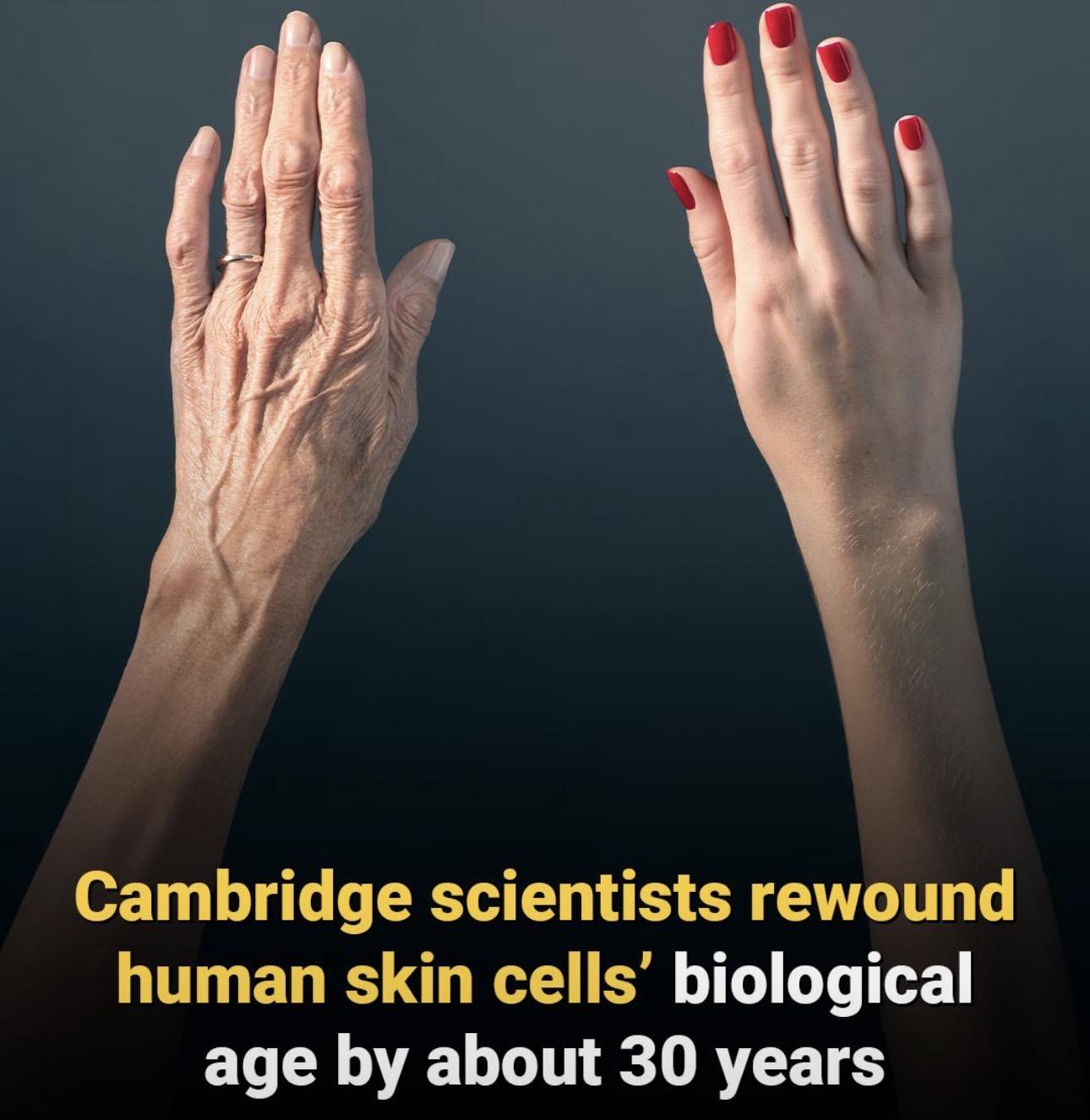From Simple Switches to Smart Machines
Every computer works on a simple idea: 0 and 1. Inside your phone are billions of tiny switches called transistors. A switch is either off (0) or on (1). By combining huge numbers of these yes/no signals, we get text, photos, videos, apps and artificial intelligence.
Everyday Analogy
A light switch has two states. Down = dark (0). Up = light (1). Computers are like rooms filled with switches that flip at extreme speed. Their patterns create everything you see and hear on screen.
Modern examples: Netflix recommends what to watch next, TikTok learns your interests, and navigation apps route around traffic — all through patterns of 0s and 1s.
Why Binary Won
- Reliable: Two clear voltage levels resist noise.
- Simple hardware: Transistors are natural on/off devices.
- Scalable: Billions of simple parts combine into complex systems.
Key idea: Stable, simple building blocks beat complex, fragile ones when you need speed and scale.
Why AI Will Not Stop

AI is built on binary but learns patterns from data. Like fire or flight, once the method is discovered, society doesn’t go back. AI is now embedded in healthcare, finance, education and creative tools. Adoption grows through economics, network effects and tools designed specifically for AI.
Positive Use: Our Choice Matters
Computers don’t choose values. People do. If we train AI on harmful inputs, it mirrors that. If we train it for creativity, fairness and learning, it amplifies those.
Mini-Lesson & Practice
- Spot the binary: Find three on/off decisions you make today. Write them down.
- Bit to byte: 8 bits make one byte. Convert your initials to binary (ASCII: A=65, a=97).
- Ethical reflection: Name one positive AI use and one risky one. How would you steer the risky one toward benefit?
Further Learning — Sources
- Computer History Museum — Konrad Zuse & early binary computing: computerhistory.org
- Claude Shannon (1937) — Switching circuits & Boolean logic (MIT thesis summary): dspace.mit.edu
- Intel Museum — How ones and zeros kept hardware simple and reliable: intel.com
- UNESCO — Ethics of Artificial Intelligence guidelines: unesdoc.unesco.org




